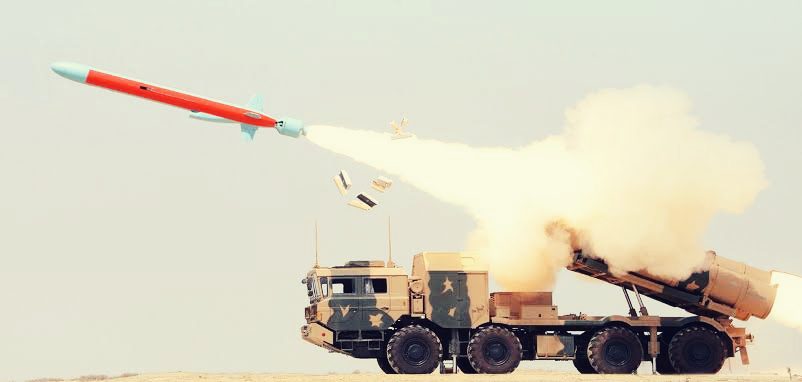The Pakistani navy has a rather diverse arsenal of anti-ship missiles each armed on a different platform indented for different methods of fire and creating a strong layer of naval defense while giving the Pakistani naval vessels considerable fire power. Here is an introduction to the main anti-ship missiles is service with the Pakistan navy. (Note the air force naturally also has its own arsenal but those won’t be listed here)
Introduction to Anti-Ship Missiles
Anti-ship missiles are large guided missiles that are designed for use against enemy surface naval vessels and large boats. Typically, anti-ship missiles are of the sea skimming variety (fly very close to sea to avoid radar detection) and many use a combination of inertial guidance and active radar homing to guide the missile to its target as it glides at high speeds.
As technology advances it’s getting harder and harder to evade one of these as older missiles gets upgraded and newer faster or stealthy ones are produced. Pakistan navy currently uses
1: Harpoon
2: C-802A
3: Harbah
4: Exocet
5: Zarb
1: Harpoon
The Harpoon is an all-weather, over-the-horizon, anti-ship missile system. It’s the main dedicated Anti-Ship missile currently in service of US Navy which uses active radar homing, and a low-level, sea-skimming cruise trajectory to improve survivability and lethality. In the Pakistan navy two versions of it are used.
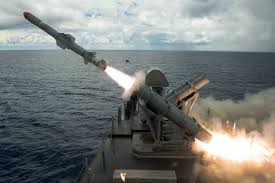
* RGM 84 Harpoon block I/II: Equipped on Tariq Class Frigate.
* RGM 84 Harpoon block I/II: Equipped on Alamgir Frigate.
* AGM-84L Harpoon Block II: Equipped on P-3C Orion.
2: C-802A/AK
The C-802 is the upgraded version of the main Chinese anti-ship missile the YJ-8. The C-802 is a new highly capable missile which due to its small radar reflectivity, low attack flight path (only five to seven meters above the sea surface) and strong anti-jamming capability of its guidance system, adept at penetrating ship defenses. It is currently in service on Pakistan navy’s newer surface ships and PAF JF-17 aircraft as the C-802AK.

* C-802A: Equipped on Zulfiqar Class Frigate.
* C-802A: Equipped on Azmat FAC.
* C-802A: Equipped on Jallalat FAC.
* C-802A: Equipped on Jallalat FAC.
* C-802AK: Equipped on Harbin Z-9.
3: Harba
Harba is a newer endogenously developed all-weather, over-the-horizon, anti-ship missile system. It was recently tested at the start of 2018 not much has been revealed about it yet except its highly maneuverable, air-breathing turbojet engine powered and accurately hit all its targets during testing phase. Analysts have reported its highly probable that its reconfigured naval version of the Babar cruise missile. If this is true, then the missile also has the capability to carry a small nuclear pay load. Its currently only in use on a few Fast attack crafts as it’s still in its early stages of induction.
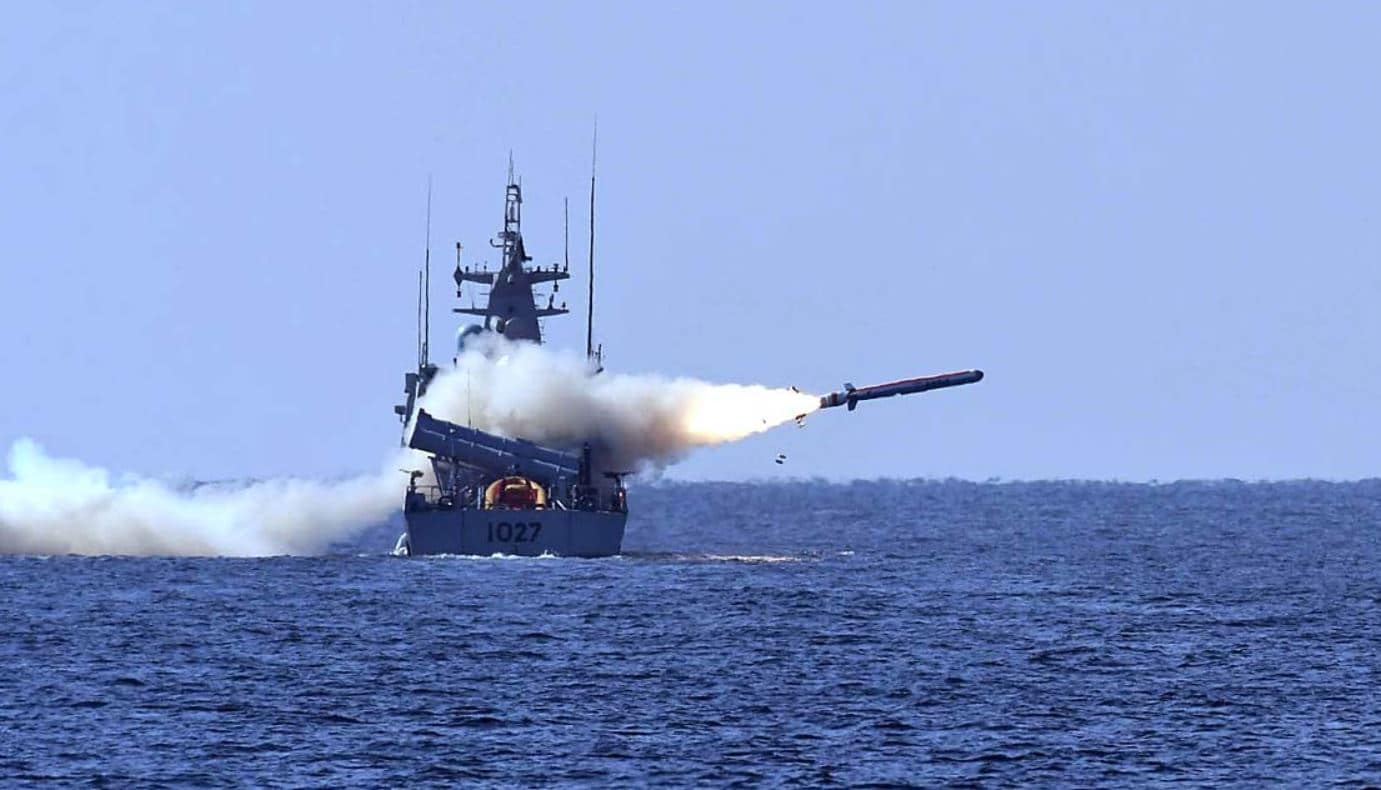
* Harbah-I: Equipped on Azmat FACs
4: Exocet
The Exocet is a battle proven French-built anti-ship missile highly useful against small to medium warships like Corvettes to Frigate’s /Destroyers (Although larger aircraft carriers would require multiple missiles). This missile is an internally guided weapon; whose main advantage is its low flight altitude (generally 1-2 meters above the water). Due to this low altitude, this sea-skimming missile can often avoid detection until it is about 6000 meters from the target, which leaves little time for launching surface-to-air missiles. Consequently, this missile has a good hit probability. It is in service of Pakistan navy as,
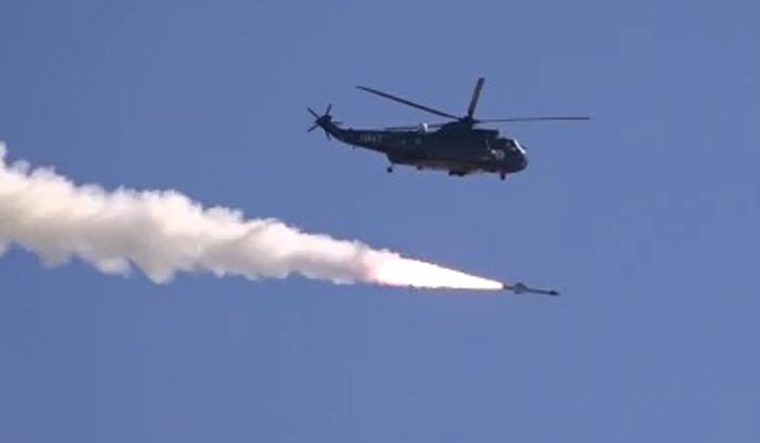
* SM39: Agusta 90-B Submarines (Via Torpedo Tubes).
* AM39: Equipped on naval Mirage.
* AM39: Equipped on Sea king helicopters.
5: Zarb
The Zarb is a shore-based long-range anti-ship missile. The missile has an inertial guidance system using GPS and BeiDou data, and (active terminal sensor. It is reportedly highly maneuverable and changes flight course multiple times to avoid counter measures whole flying low. The missile was successfully tested on 9 April 2016 from a coastal area and it successfully. It is in service of Pakistan navy stationed in coastal areas.
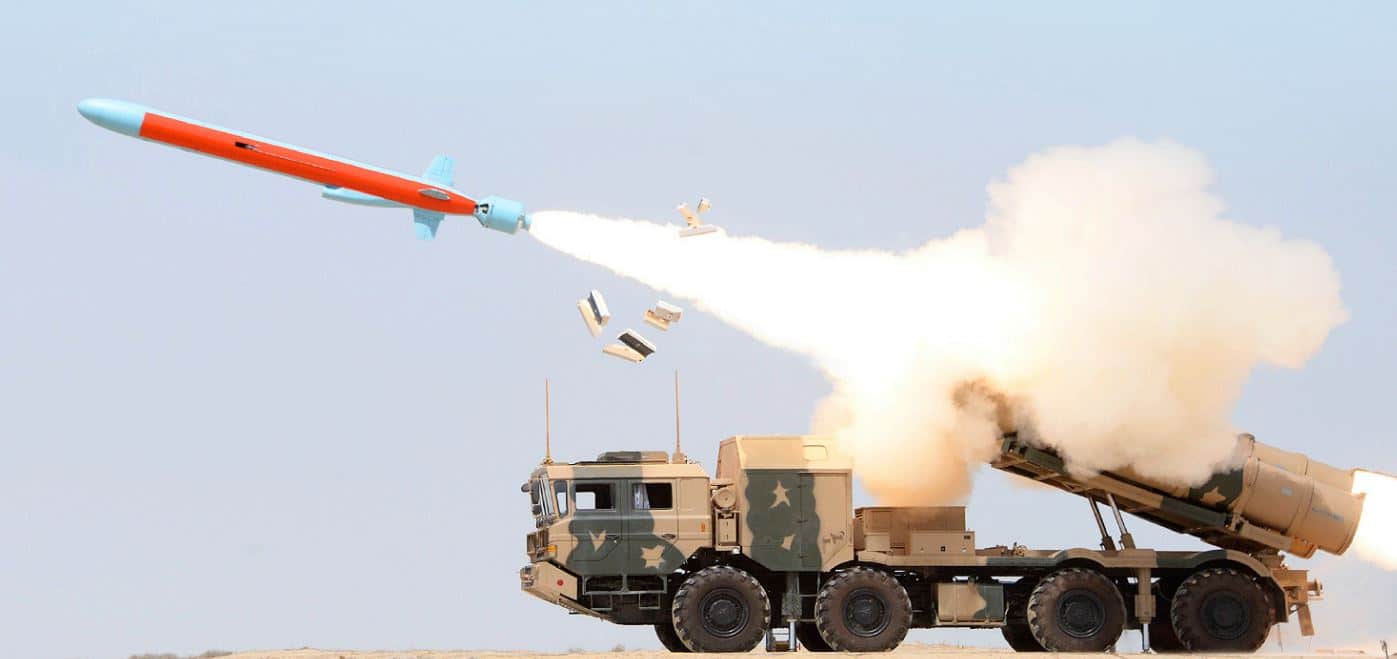
* 8×8 transport-erector-launcher (TEL) vehicle.
Navy’s Lacking Area
One place where Pakistan navy is currently lacking is the absence of dependable Supersonic Anti-Ship missiles as a counter to its main adversary the Indian navy’s BrahMos supersonic missiles. India jointly with Russia created the BrahMos and to counter it Pakistan would need to either create its own or jointly develop one with China.
Pakistan’s Current Solution
While the Navy itself does not possess a supersonic anti-ship missile, the Pakistan air force does. The PAF and Navy often conduct joint exercises and cooperate closely in times of need so it’s no surprise the PAF would have a good anti-ship arsenal.
The Pakistan air force has multiple types of anti-ship missiles available and one of the is the CM-400 AKG, a highly dependable supersonic anti-ship missile that can be armed on jets. Depending on the altitude it can reach speeds up to over 4 Mach, it’s is highly regarded as an effective Ship killer and a close cousin of the CM-302 the missile marketed as “the world’s best anti-ship missile”, although unusual characteristic is that it does not fly at low altitude to avoid detection, but rather uses high altitude launching to achieve high altitude advantage survivability and breaking through the speed of Mach 4 speculated to reach around 5, which is the borderline hyper sonic speed mark.
Presently the Navy also has plans to induct the JF-17 multi role fighter along with which it will also get the CM-400AKG missiles. A good enough counter to the Indian Navy triumph card the “BrahMos” balancing the shift in power.
#BlitzFalcon
#TeamPakistanStrategicForum



